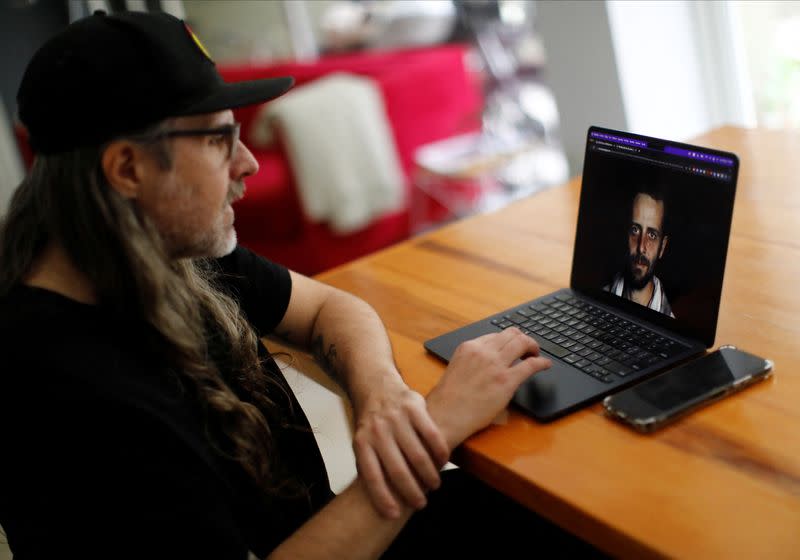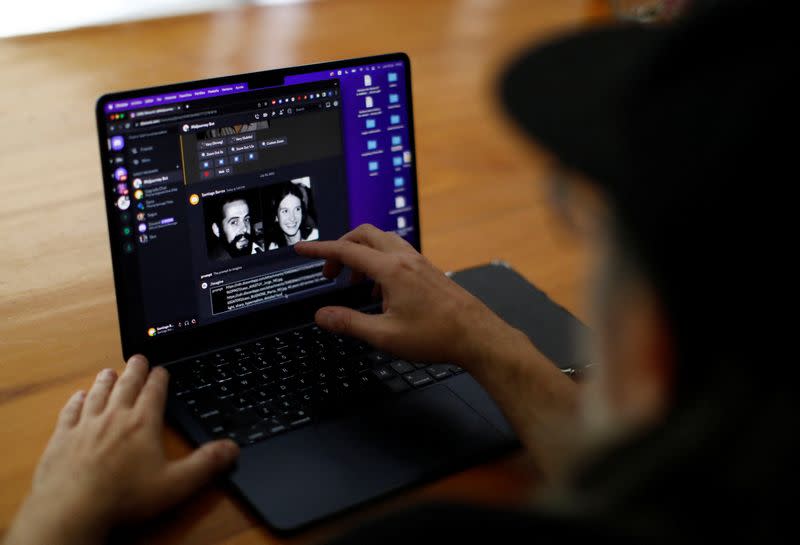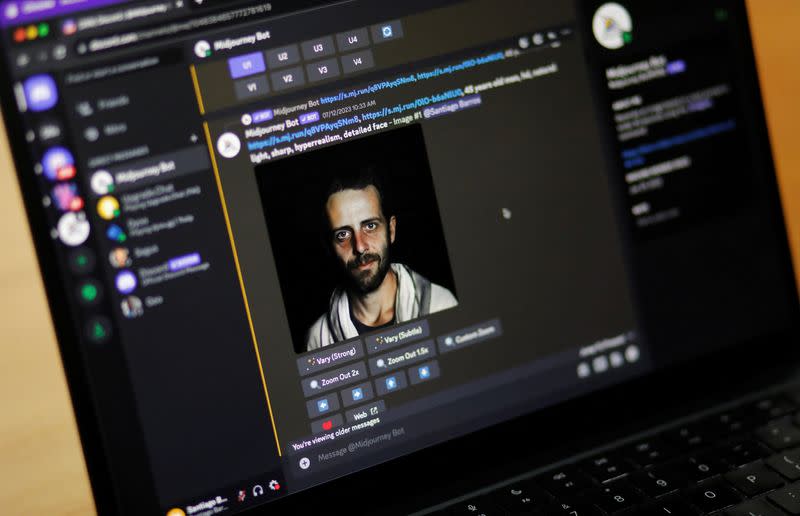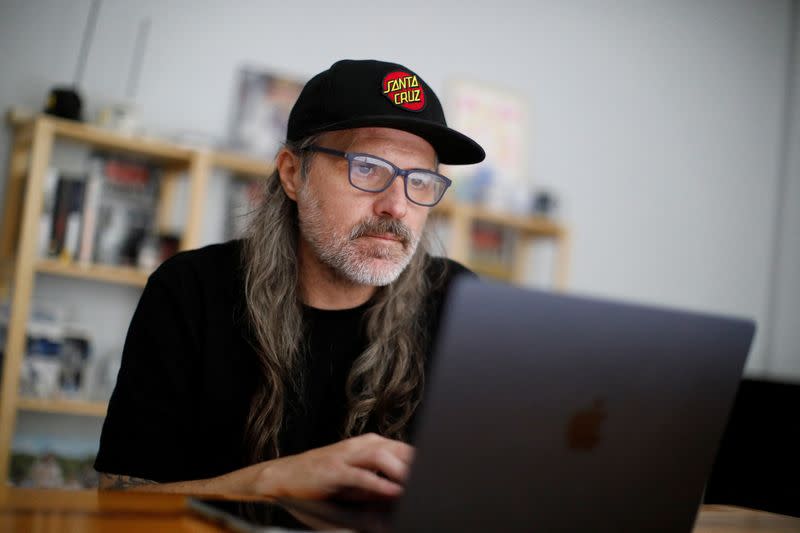AI imagines kids of victims kidnapped during Argentina dictatorship
By Candelaria Grimberg
BUENOS AIRES (Reuters) - A project by Argentine artist Santiago Barros uses artificial intelligence to imagine what the children of those who disappeared during the country's bloody military dictatorship (1976-1983) would look like today.
"Seeing them look you in the eyes, it makes you question, it reminds you the horror is still out there, that these people still don't have their real identity and it goes on every day," said Barros, who posts the photos from his project @IAbuelas to Instagram.
After Argentina's 1976 military coup, about 30,000 people including about 500 children and babies were killed or disappeared, almost all of them civilians. Mothers and grandmothers of the victims, the Abuelas of Plaza de Mayo, rose to prominence advocating for answers about their loved ones.
The group, which has located 132 grandchildren, thanked the initiative but noted that DNA testing remains the "only infallible" identification method.
"We appreciate every act of solidarity to accompany the search, but ... it is important to point out that this initiative is not scientific but artistic-playful," the organization said in a statement.
Using the MidJourney app to combine photos of the disappeared mothers and fathers from the public archive of the Abuelas website, Barros creates the likely faces of their children as adults today. For each combination, the app shows a female and a male possibility.
"It seemed to me that I needed to imagine these grandchildren as adults, who already have wrinkles and gray hair," Barros said.
Esteban Herrera, an Abuelas member looking for a half-brother born in captivity, said many people have mistakenly asked the group instead of the artist to create AI images.
"It is a person who wanted to collaborate from an artistic vision" with Abuelas, said Herrera, who joined after he realized his mother had been pregnant when she was forcefully "disappeared" by the state.
Barros said he had always aimed to support Abuelas' mission, using AI as a way for younger generations to examine past atrocities.
But "it does not replace the DNA samples or any of the Abuelas methods" such as investigating possible illegal adoptions and collecting DNA samples, he noted.
(Reporting by Candelaria Grimberg; Writing by Lucila Sigal and Kylie Madry; Editing by Anna-Catherine Brigida and Richard Chang)



